1. Smoking Everywhere, Even in Hospitals
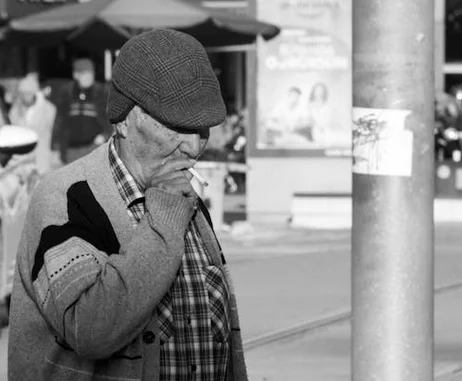
In the 1950s, cigarettes were a symbol of sophistication and smoking was allowed just about anywhere—restaurants, offices, airplanes, and even hospitals. It was such a societal norm that doctors were featured in ads endorsing certain brands. Today, with widespread awareness of the health risks, smoking indoors is almost unthinkable, and seeing someone light up in a hospital would cause outright shock.
2. Door-to-Door Salesmen Were a Common Sight
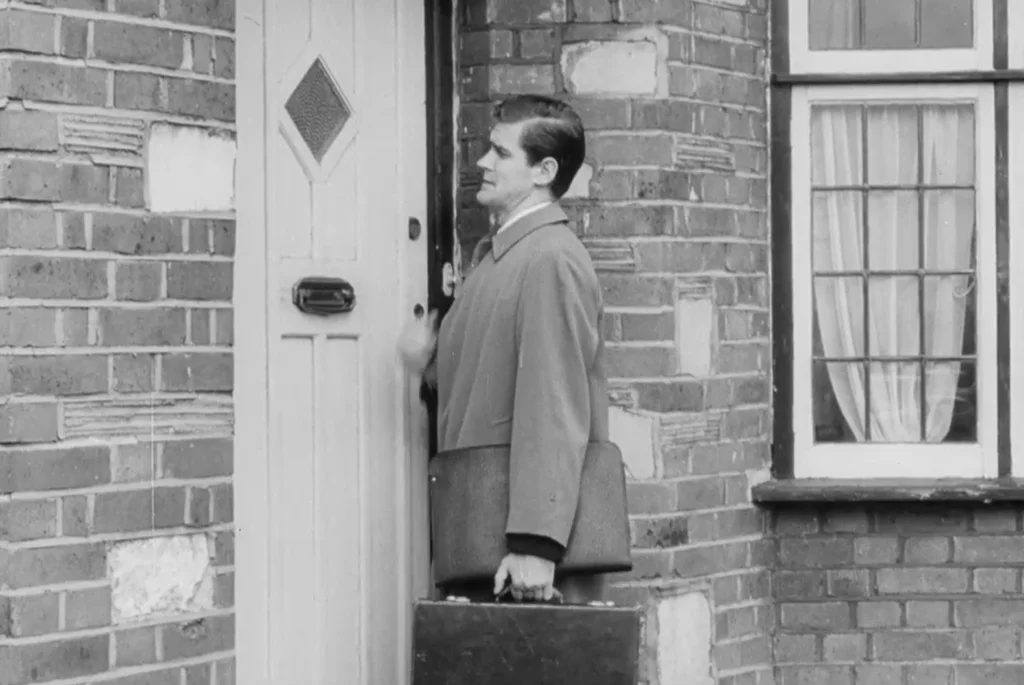
It wasn’t unusual to see a neatly dressed salesman knocking on your door, peddling everything from encyclopedias to vacuum cleaners. These visits were considered part of the community fabric, and many families eagerly welcomed them in. Today, door-to-door sales have been replaced by online shopping, and unexpected knocks on the door often cause anxiety instead of excitement.
3. Kids Roamed the Neighborhood with No Supervision

Parents in the ’50s didn’t think twice about letting their kids disappear for hours to play outside, trusting they’d return by dinnertime. Neighborhoods felt safe, and children were taught to navigate the world independently. In today’s more cautious era, this level of freedom seems risky and is rarely seen.
4. Mothers Dressed Up to Do Housework
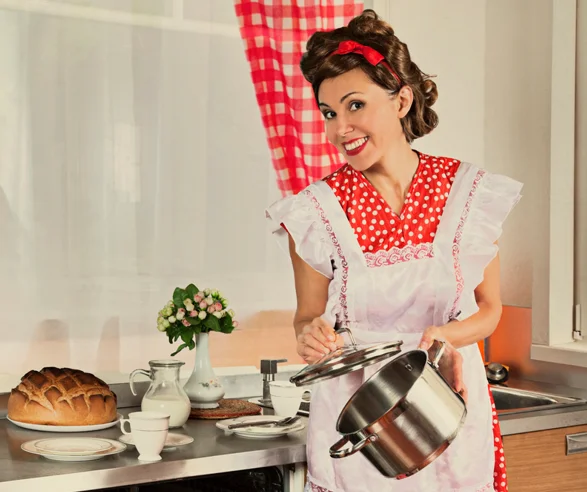
Housewives in the ’50s were often pictured vacuuming in pearls, heels, and dresses. While it was partly a reflection of advertising, many women genuinely took pride in their appearance even while tackling daily chores. Nowadays, loungewear and yoga pants are the norm for home life, making the idea of dressing to clean seem both impractical and absurd.
5. Milk Delivered to Your Doorstep
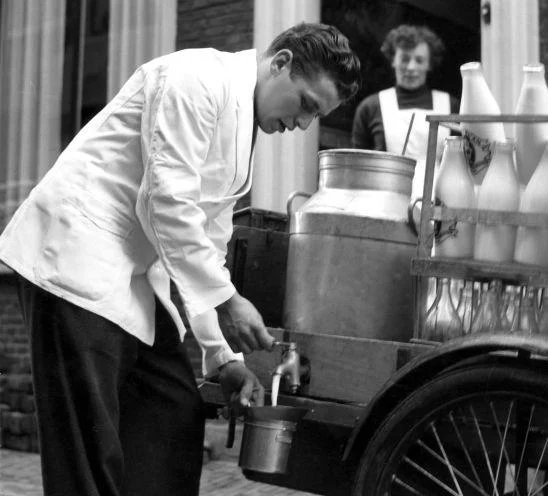
Fresh milk arriving in glass bottles was a cornerstone of daily life, thanks to milkmen making their rounds. It was a convenient, personal service tied to the era’s slower pace of life. With modern grocery stores and refrigeration, this quaint practice is now a nostalgic memory.
6. Segregated Schools and Public Spaces
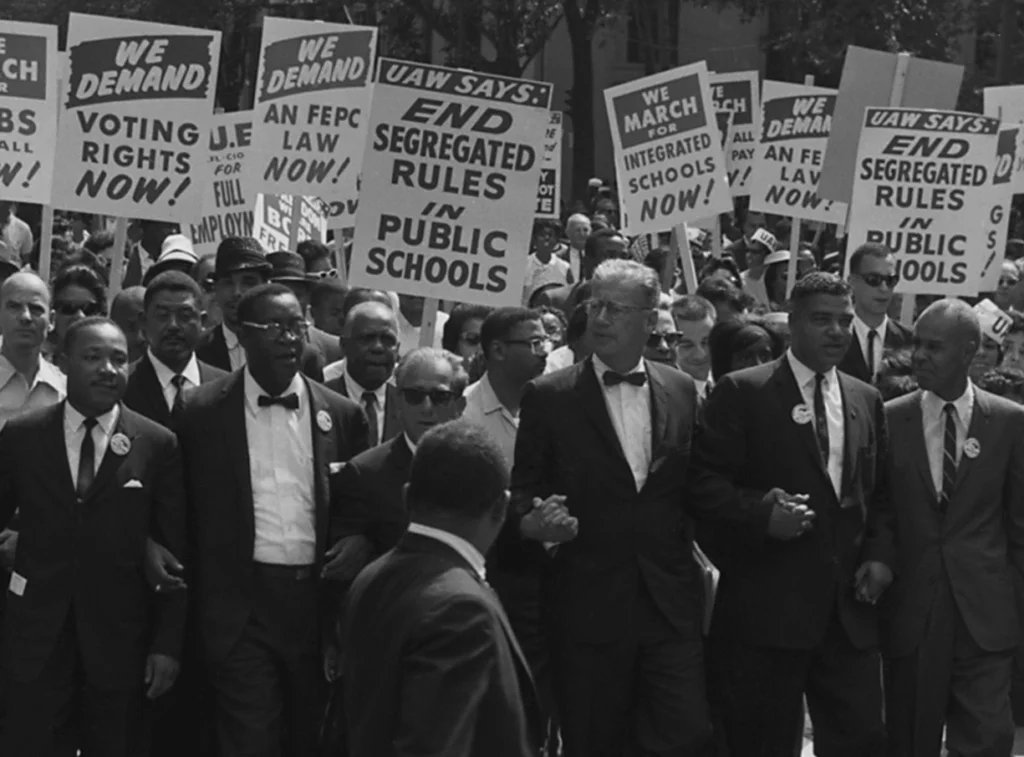
One of the darker realities of the 1950s was the normalization of segregation. Separate schools, water fountains, and seating areas were entrenched in daily life, especially in the South. Thankfully, civil rights movements brought an end to these practices, but it’s a stark reminder of how much society has changed.
7. Bomb Drills in Schools
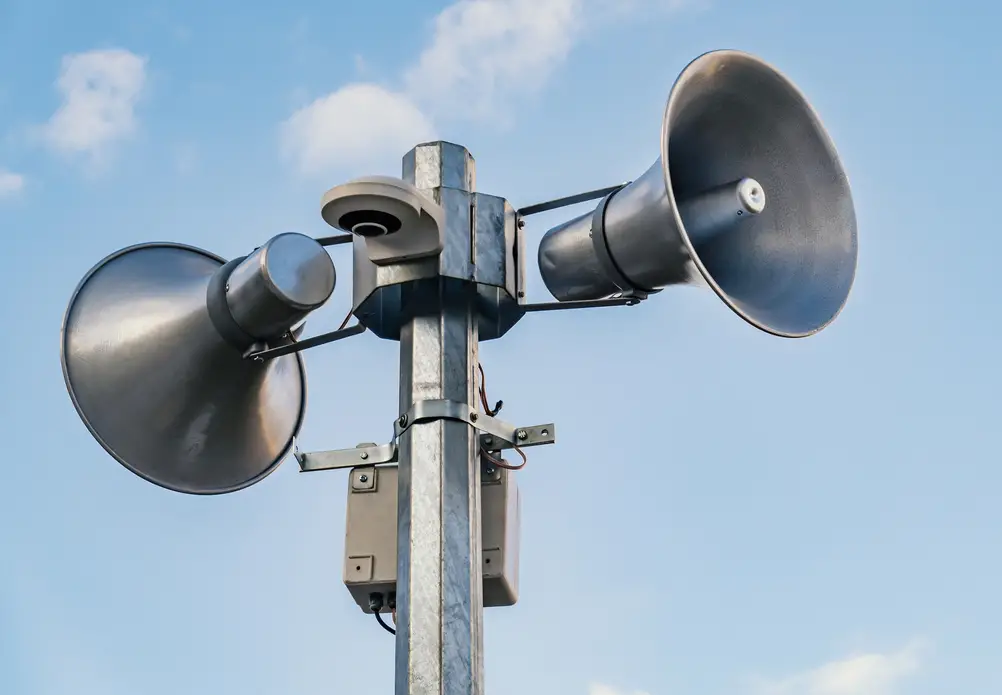
The fear of nuclear war was ever-present, and schools conducted regular bomb drills where students crouched under desks or lined up in hallways. It reflected the anxieties of the Cold War, though the protective measures seem laughable now given what we know about nuclear fallout.
8. Dinner Was Always at the Same Time, with Everyone Present
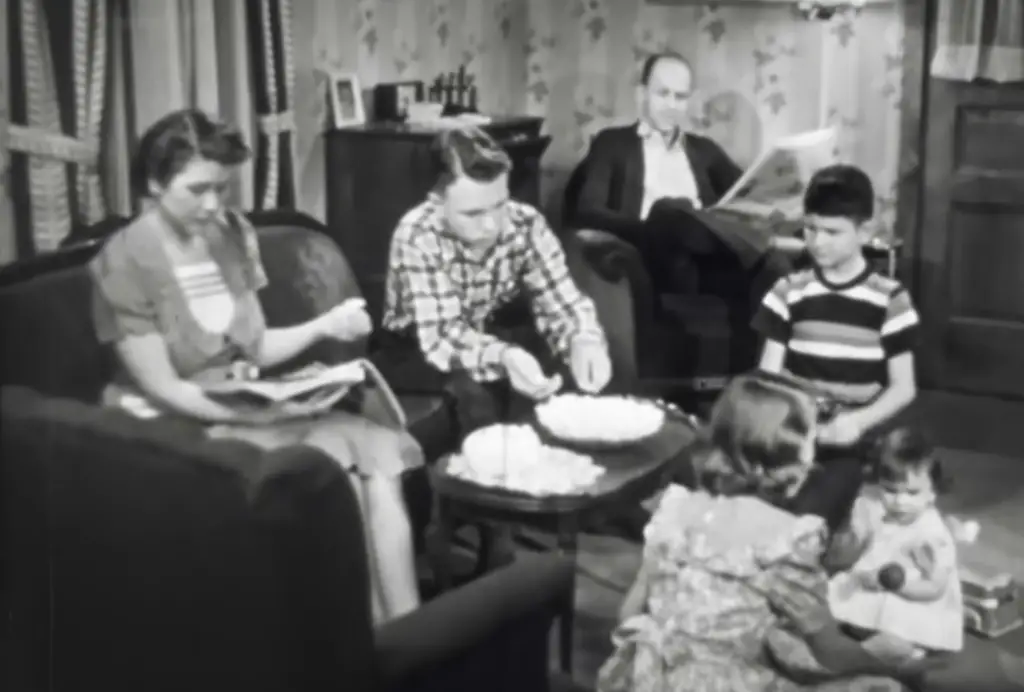
Family dinners at 6:00 p.m. sharp were a sacred ritual in the 1950s. Everyone gathered at the table, and missing it was almost unheard of. Today’s busy schedules and casual eating habits make this strict routine feel more like an unattainable ideal.
9. Television Had Only a Few Channels—and Signed Off at Night

Families gathered around black-and-white TVs to watch the few available channels, which usually went off the air late at night with a patriotic sign-off. While this created shared cultural experiences, it’s a far cry from today’s 24/7 streaming options and endless content.
10. Kids Could Buy Candy for a Penny

With just a few pennies, kids in the ’50s could stock up on treats at the local candy store. Inflation and changing times have made this idea sound like a fairy tale, as today’s snacks come with much steeper price tags.
11. Everyone Trusted the Local Doctor’s Advice Without Question

Doctors in the 1950s were seen as ultimate authorities, and their advice was rarely questioned—even when it involved smoking or diet pills. Modern access to second opinions and online medical research has shifted this dynamic, making blind trust in one provider feel outdated.
12. Kids Rode in Cars Without Seatbelts
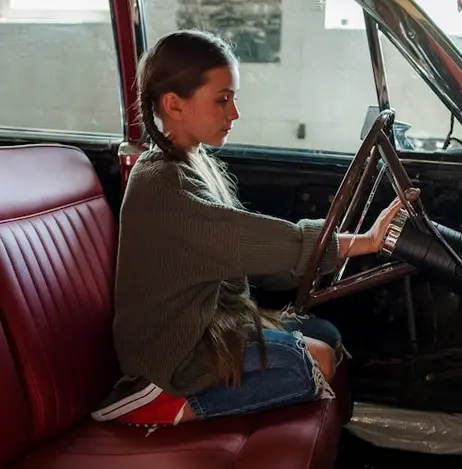
Safety regulations were much looser in the 1950s, and it wasn’t uncommon for kids to ride in the back seat—or even the front—without seatbelts. While it seemed perfectly fine then, today’s emphasis on child safety makes this practice seem shocking.
13. Every House Had a Party Line Phone
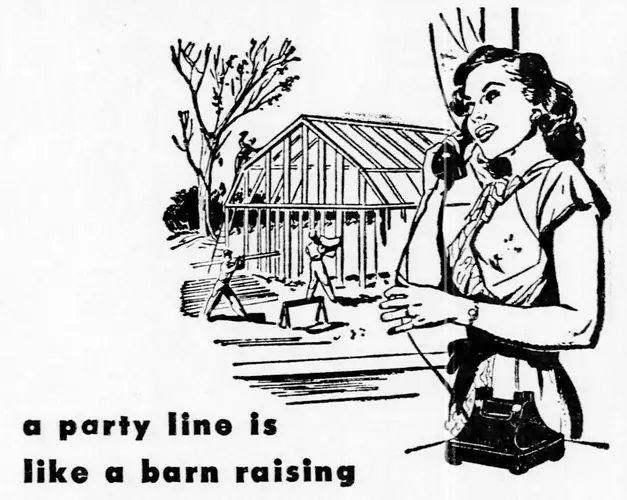
Sharing a phone line with neighbors was a common practice, and eavesdropping on calls was a source of entertainment for some. With private cellphones now in everyone’s pocket, the idea of a shared line feels impossibly inconvenient.
These practices may seem outlandish today, but they defined the rhythm of life in the 1950s. They were rooted in the cultural norms, societal expectations, and technological limitations of the time, creating a world that feels worlds apart from today’s fast-paced, modern lifestyles. While some of these traditions have faded for good reason, they still evoke a sense of nostalgia for a simpler era.


